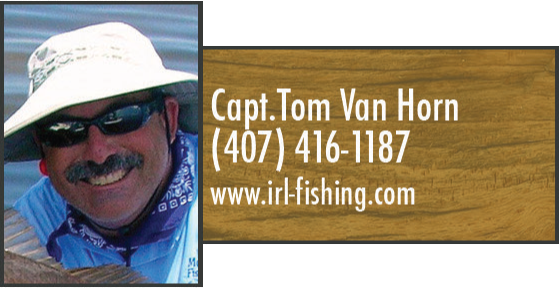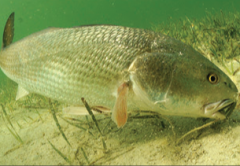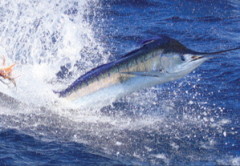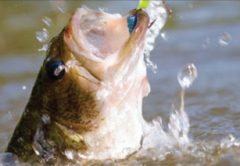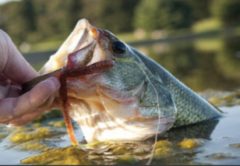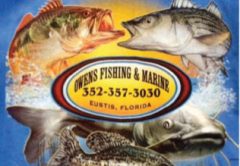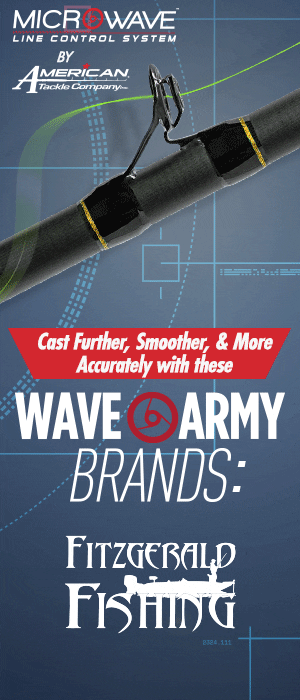On the lagoon flats, redfish and spotted sea trout will provide the majority of the action for light tackle and fly anglers. For sea trout, fish your favorite top water plugs at first light in about two to three feet of water concentrating in areas were bait is present. My favorites are the Rapala Skitter Walk and the Storm Chug Bug in both red and white or baitfish colors. If the bite slows, try blind casting a 1/4 ounce DOA CAL Jig, Arkansas Glow color in three to five feet of water along the edges of flats or spoil islands. The water has warmed to the point where the jack crevalle, ladyfish, snook, and tarpon will begin to show up in good numbers.
Near-shore along the beaches, concentrate your efforts in the areas of active bait pods (pogies). Typically, when you see concentrated areas of bait with birds feeding on the surface, big predator fish are just as active underneath. Species feeding on these pods include kingfish, tarpon, jack crevalle, redfish, cobia, and sharks. Netting pogies and slow trolling them on a Daichi circle hook tied to fluorocarbon leader works well. Adjust the size of your hook and the test of the fluorocarbon to match the predator. Add wire if the toothy predators cut off your leader. Also, tripletail and flounder numbers should be improving around the Port Canaveral buoys. If you need more information or would like to book a charter, feel free to call me direct and ask.


